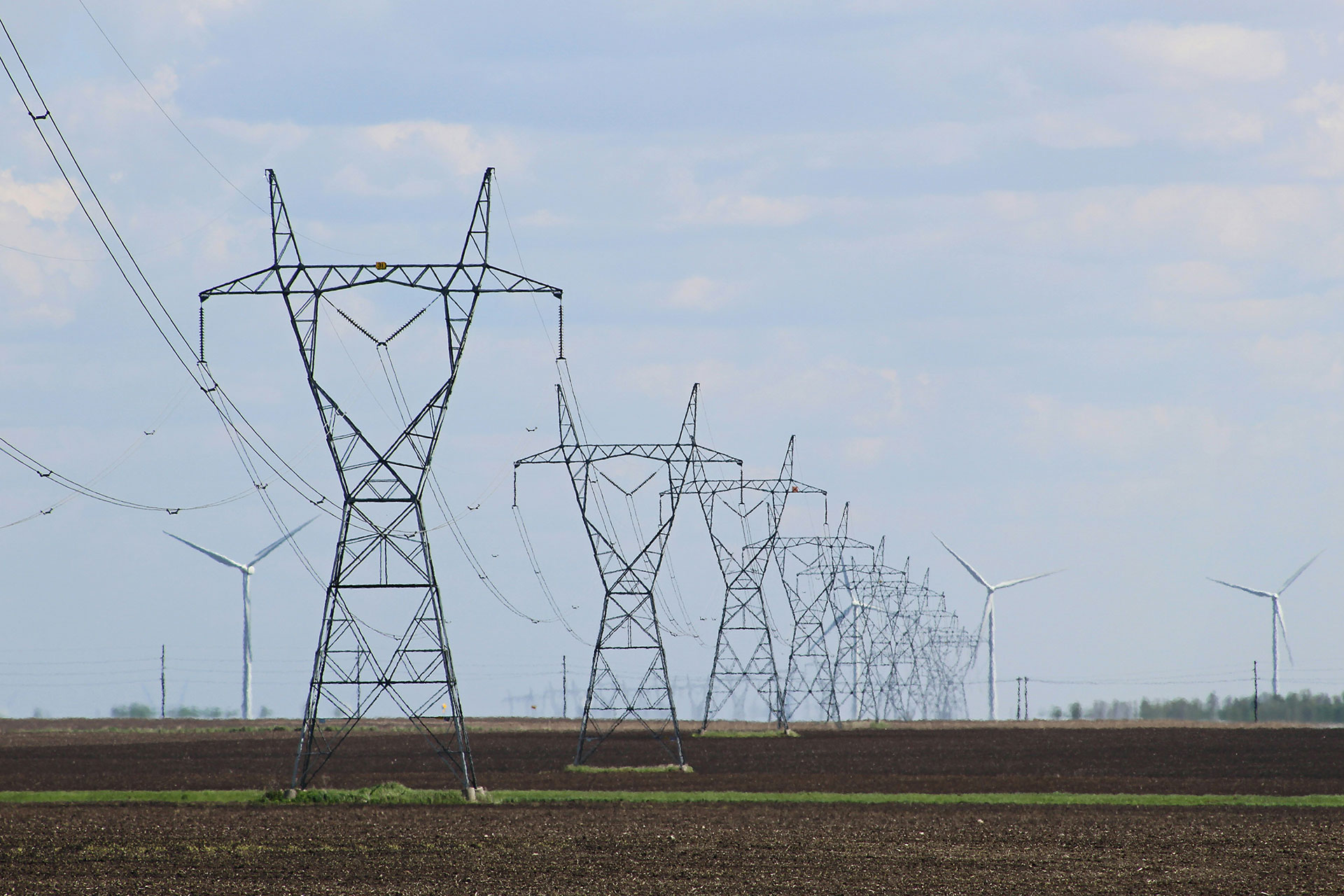“I’m not sure that the average person is aware how much more electricity we’re going to need over the next five to 10 years as we transition away from traditional fossil fuels,” says Pie Funds Chief Investment Officer Mike Taylor.
“Not to mention the impact that AI will have on the electricity demand.”
It was probably more understood that if the entire car fleet went electric, we’d need a lot of power. But while the world has raced to adopt AI in the past two years, the amount of electricity that must be generated to power it was not so well-understood, he said.
“A really simple way to think about it is if you look at an average Google search and the energy consumption for that versus an AI Chat GPT search, the AI search requires 10 times as much power or energy as a regular Google search,” Taylor said.
There had been an explosion of growth for data centres, he said.
“Where all this work goes on in the background is on servers and data centres.”
If we look at the US as an example, data centres currently consume about 3 per cent of their overall power - by 2030 this is estimated to be 7 per cent of power, Taylor said.
“They’ve got to come up with that extra power, on top of the fact that the whole economy is electrifying as well. So estimates in the US say that over the next 10 years, they will need an extra 40 per cent more power.”
Taylor said that was putting discussion about more nuclear power back on the table in the Northern Hemisphere.
There had been talk that Meta boss Mark Zuckerberg was looking to build an entire power plant just to run a data centre, he said.
In the past few weeks, New Zealand’s power grid has struggled to keep up with demand as winter hit early.
Meanwhile, we were also talking up this economy as a great space for data centres, encouraging the likes of Microsoft here.
That combined with a growing electric car fleet could create issues locally unless we start investing in a big way, Taylor said.

Increasing demand for power has generated discussion about more nuclear power, at least in the Northern Hemisphere. Photo / Unsplash
“We have to be a little bit careful of what we wish for. Obviously to have data centres here is good for data sovereignty, but then we need the power to run them,” he said.
“I’m not sure that, in a short period of time, we could generate the additional electricity required for that, particularly if we want to move away from fossil fuels, because not all our power here that’s generated is renewable.”
New Zealand still relied on coal to some extent and, while it was good to see some solar and wind continuing to open, it was not yet at a significant scale, Taylor said.
“Just to give some context, New Zealand uses about 43,500 gigawatts of power per year. There’s a new solar farm that’s been built in the Bay of Plenty - it’s got about 60,000 solar panels and that’s only going to generate 54 gigawatts. It’s a drop in the ocean [with regard to] the extra power we’re going to need over the next decade.”
For consumers, this could mean ever-higher prices. But what does it mean for investors?
“As an investor, you’re always looking to invest in something that’s got strong tailwinds, and from a utility perspective or power companies, it really looks like they do have tailwinds for the foreseeable future,” Taylor said.
In fact, the market had already cottoned on to this, he said.
The utility sector was the best-performing sector in the US year to date, even though interest rates were still high and normally these were dividend-paying stocks that don’t grow fast.
“They normally trade very much around where bond yields are, but now that investors can see that, they will be getting growth as well as a yield,” Taylor said.
“It’s suddenly becoming quite an attractive place to go.”
On top of the traditional heavyweight power companies, there were investment options around alternative and green energy start-ups.
But perhaps more overlooked were the many small-cap stocks that focused on improving energy efficiency, Taylor said.
“There’s lots of little companies around the world you can find to invest in which are focusing on providing energy-efficient components, whether it’s into a data centre or in a building.”
The Market Watch video is produced in association with NZ Herald and Pie Funds. Liam Dann is Business Editor at Large for the New Zealand Herald. He is a senior writer and columnist as well as presenting and producing videos and podcasts. He joined the Herald in 2003.
Information is current as at 14 May 2024. Pie Funds Management Limited is the manager and issuer of the funds in the Pie Funds Management Scheme and Pie KiwiSaver Scheme (the Schemes). Any advice is given by Pie Funds Management Limited and is general only. Our advice relates only to the specific financial products mentioned and does not account for personal circumstances or financial goals. Please see a financial adviser for tailored advice. You may have to pay product or other fees, like brokerage, if you act on any advice. As manager of the Schemes’ investment funds, we receive fees determined by your balance and we benefit financially if you invest in our products. We manage this conflict of interest via an internal compliance framework designed to help us meet our duties to you. For information about how we can help you, our duties and complaint process and how disputes can be resolved, or to see our product disclosure statement, please visit www.piefunds.co.nz. Please let us know if you would like a hard copy of this disclosure information. Past performance is not a guarantee of future returns. Returns can be negative as well as positive and returns over different periods may vary.